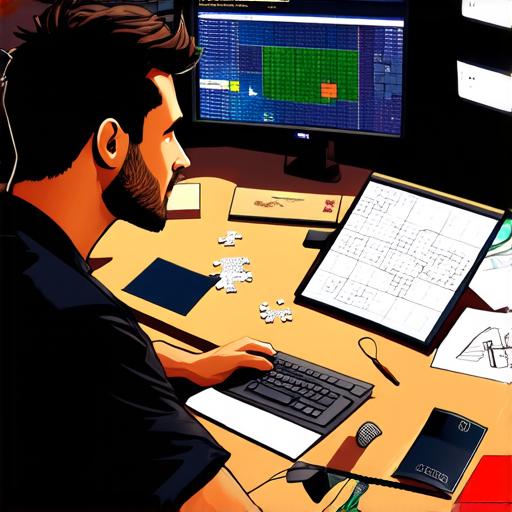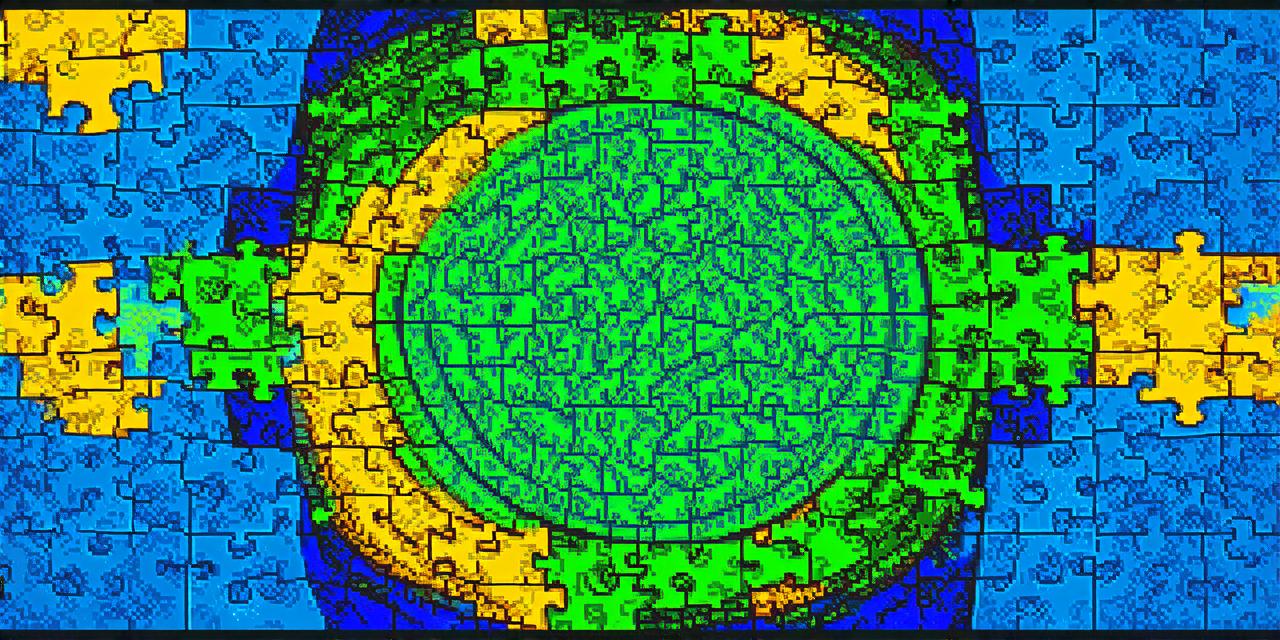Puzzle video games have been popular since their inception. They are engaging, challenging, and require players to use their problem-solving skills to progress through the game.
If you’re a game developer looking to create your own puzzle game, this comprehensive guide is for you. In this article, we will walk you through the process of creating a puzzle video game, including the tools and techniques you need to know.
We’ll also discuss the different types of puzzles you can include in your game and provide tips on how to make them more engaging and challenging for players.
Introduction
Puzzle video games have been popular since their inception. They are engaging, challenging, and require players to use their problem-solving skills to progress through the game. If you’re a game developer looking to create your own puzzle game, this comprehensive guide is for you. In this article, we will walk you through the process of creating a puzzle video game, including the tools and techniques you need to know.
Choosing Your Puzzle Type
Before you start creating your puzzle game, you need to decide what type of puzzle you want to include. There are several different types of puzzles that you can use in your game, including:
- Logic puzzles: These puzzles require players to use their problem-solving skills to figure out the correct sequence of events or actions. Examples of logic puzzles include Sudoku and crossword puzzles.
- Puzzle-platformers: These games combine puzzle and platforming elements. Players must solve puzzles in order to progress through the game. Examples of puzzle-platformers include Super Mario 64 and The Legend of Zelda: Ocarina of Time.
- Point-and-click adventures: These games require players to use their problem-solving skills to navigate through a series of rooms and solve puzzles in order to progress through the game. Examples of point-and-click adventures include King’s Quest and Broken Age.
Once you have decided on the type of puzzle you want to include, you can start brainstorming ideas for your game. Consider what makes your puzzle unique and how it will challenge players.
Tools and Techniques for Creating Your Puzzle Game
There are several tools and techniques that you can use to create your puzzle game. These include:
- Game engines: Game engines provide a platform for creating games, including puzzle games. Examples of game engines include Unity and Unreal Engine.
- Scripting languages: Scripting languages are used to program the behavior of objects in your game. Examples of scripting languages include C and JavaScript.
- Asset stores: Asset stores provide a library of pre-made assets that you can use in your game, including puzzles. Examples of asset stores include Unity Asset Store and Steam Workshop.
- Playtesting: Playtesting is the process of testing your game with real players to gather feedback and make improvements. It is an essential part of the development process.
Tips for Making Your Puzzle Game More Engaging and Challenging
Here are some tips for making your puzzle game more engaging and challenging for players:
- Keep it simple: While puzzles can be complex, they should also be easy to understand. Players should be able to quickly grasp the rules of the puzzle and start playing.
- Provide hints: Not all players will be able to solve puzzles on their own, so providing hints can help them progress through the game. However, be careful not to give away too much information.
- Vary the difficulty: Puzzles should be challenging but not frustrating. Varying the difficulty of the puzzles can keep players engaged and prevent them from becoming bored.

